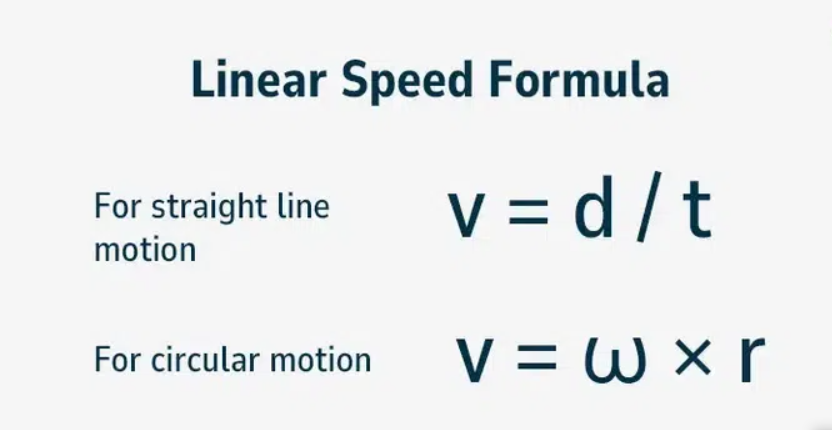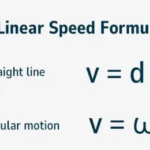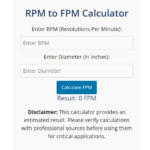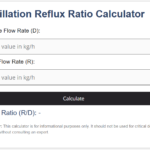Linear Speed CalculatorResult: - m/sDisclaimer: This calculator provides approximate values and should not be used for precise scientific or engineering calculations. |
Linear Speed Calculator: A Comprehensive Guide to Converting Angular and Linear Motion
Understanding linear speed and its relationship to angular motion is crucial in physics, engineering, and everyday applications. This comprehensive guide explores linear speed calculations, including conversions from RPM and angular velocity, with step-by-step examples.
What is Linear Speed?
Linear speed represents the distance an object travels per unit of time in a straight line or along a curved path. In circular motion, linear speed is particularly important as it relates directly to angular velocity and rotational movement.
Linear Speed Formula in Circular Motion
The fundamental relationship between linear speed (v) and angular velocity (ω) in circular motion is:
v = ω × r
Where:
- v is linear speed (meters per second, m/s)
- ω is angular velocity (radians per second, rad/s)
- r is the radius (meters, m)
Converting RPM to Linear Speed
To find linear speed from RPM (Revolutions Per Minute), follow these steps:
- Convert RPM to angular velocity in radians per second: ω = (2π × RPM) ÷ 60
- Multiply by the radius to get linear speed: v = ω × r
Example Calculation
Let’s find the linear speed for an object with:
- RPM = 120
- Radius = 0.5 meters
Step 1: Convert RPM to angular velocity ω = (2π × 120) ÷ 60 = 12.57 rad/s
Step 2: Calculate linear speed v = 12.57 × 0.5 = 6.28 m/s
Linear Speed Formula in Trigonometry
In trigonometric applications, linear speed can be calculated using:
v = ω × r × sin(θ)
Where θ is the angle between the radius and the direction of motion.
Angular Velocity Formula with Radius
To find angular velocity when given linear speed and radius:
ω = v ÷ r
This formula is essential when converting from linear to angular measurements.
Applications and Real-World Examples
- Manufacturing: Calculating cutting speeds in machining operations
- Automotive: Determining wheel speeds and vehicle velocity
- Amusement Parks: Designing safe rotational rides
- Industrial Equipment: Setting proper speeds for conveyor systems
Linear Velocity Calculator with Steps
To use a linear velocity calculator:
- Identify known variables (radius, RPM, or angular velocity)
- Choose the appropriate formula based on available data
- Convert units if necessary (e.g., RPM to rad/s)
- Apply the formula and solve
- Verify units in final answer
Tips for Accurate Calculations
- Always maintain consistent units throughout calculations
- Double-check unit conversions
- Consider direction in vector calculations
- Account for any changes in radius for non-circular paths
Common Mistakes to Avoid
- Forgetting to convert RPM to radians per second
- Using incorrect radius measurements
- Mixing units within calculations
- Neglecting to consider the direction of motion
Conclusion
Understanding linear speed calculations is essential for various applications in physics and engineering. Whether converting from RPM to linear speed or working with angular velocity formulas, following the proper steps and maintaining consistent units will ensure accurate results.
Remember that while these formulas provide theoretical values, real-world applications may require additional considerations such as friction, air resistance, and other environmental factors.
For more complex calculations or specific applications, consider using dedicated linear speed calculators or consulting with engineering professionals.








